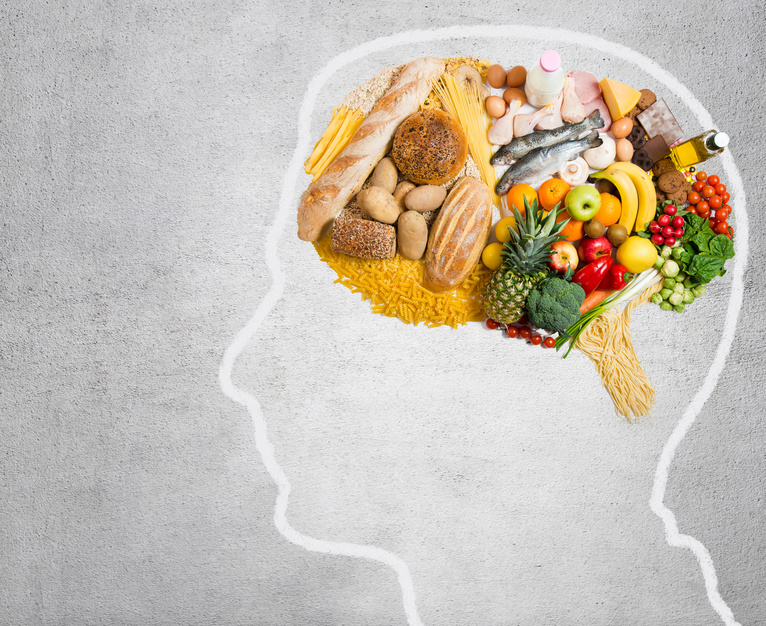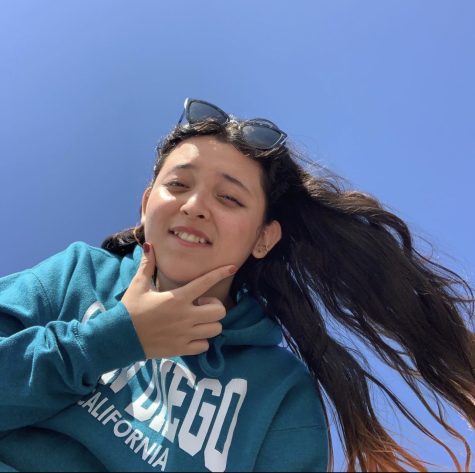Social Media’s Impact on Teenage Girls and Eating Disorders
courtesy of Flickr Tijana – Fotolia.com
Photo from the lecture series “Brain for everybody”
With body dissatisfaction a leading risk factor in the development of an eating disorder, Body Acceptance Week in November promoted body acceptance—including body positivity, body neutrality, and body liberation. Despite the aim of the nonprofit organization National Eating Disorders Awareness (NEDA) to educate the public about the realities of eating disorders, social media posting surrounding the initiative has its share of inappropriate postings.
Gwenyth Paltrow, well-known American celebrity, posted an Instagram promotion for Intuitive Fasting; a diet book by Dr. Will Cole, who is a course instructor for her wellness brand Goop. Her post briefly detailed the content as a “four-week plan [combining] intuitive eating with intermittent fasting and Ketotarian foods.”
The term “intuitive eating” is defined by Evelyn Tribole (MS RDN CEDRD-S), as found on their instagram account, as not being keto or fasting and is especially not a diet, instead it focuses on body positivity acceptance and not restricting what your body wants. However, Dr. Cole’s book (as well as Paltrow’s promotion) regard the fasting diet book as a plan to incorporate “intuitive eating,” with a goal to “recharge your metabolism” and “renew your health” using methods of intense restrictive eating.
A 2016 study of Facebook usage by those who received treatment for eating disorders conducted by Kristina Saffran B.A. and Ellen Fitzsimmons-Craft Ph.D. found that interactions on social media not only caused patients to compare themselves to others regarding their bodies, eating, and exercise, but that these comparisons “could affect patients’ recovery and potential for relapse.”
The study also said that “college students who received negative comments from peers on Facebook were more likely to report disordered eating concerns one month later,” behavior that can easily be found amongst high school students on a variety of platforms like Instagram, Twitter, and Tiktok.
“I was obsessed with modeling,” said Clare Hawkinson, ‘22, who recently fully recovered from an eating disorder. For her, comparing herself to models began as early as middle school. “I would follow all these models on instagram and research what they were doing: exercise, eating- and copying that which was not healthy because a lot of [models] are forced to have unhealthy ways of eating.”
The study from 2016 on Facebook usage also found that patients in recovery “identify strongly with their treatment peers” and that they had a “hard time integrating back into social networks with the friends they had before entering eating disorder treatment.”
Hawkinson said, “I think especially people that have eating disorders or are in the beginning stages of recovery, talking about that stuff online isn’t very helpful. Their minds are still very ‘eating disordered.’”
“Eating disorders actually stem from the need to control something,” said school counselor, Erika Mastrobuono (LCSW). “Social media is fuel added to the fire.” By maintaining an online profile through social media, Mastrobuono said, “Your brain never gets a chance to deactivate [fight or flight].”
In a social media survey conducted by the journalism classes at Mayfield, the ninety-two responses produced varying results. 34 responses from students (out of 90 because two students did not answer) stated that they often compare themselves to celebrities or influencers.
“How many people in our grade have struggled with eating disorders and how many people who have gone to treatment, it’s crazy for me to think about that,” said Avalon Dela Rosa, ‘22, a member of the Student Council as well as an avid Instagram and Tiktok user.
“I don’t know if social media directly influenced our grade in that sense with eating disorders and body image issues, but I think that it’s definitely a factor,” Dela Rosa said.
Dr. Laura E. Levine writes in her child development textbook, Interactive: Child Development From Infancy to Adolescence, “Adolescents who are not yet firmly committed to an identity more regularly experiment with online self-presentations than adolescents who are further along in the process of identity development,” wrote Levine. “They present a more idealized version of themselves and are less consistent in the selves that they construct across social media platforms.”
In the Mayfield Journalism survey 60% of student responses also said that they joined social media younger than the required age of 13 years old. Exposure to social media at such a young age can have a detrimental effect on young girls, especially during a high stress period like high school, by instilling a habit to present this “idealized” version of themselves and obsess over a perfect image.
It is evident that social media is not a direct cause of eating disorders, but it does, in fact, provide optimal resources to nourish life-threatening behavior and halt progress in recovering from eating disorders or disordered eating.
NEDA encourages Prevention Programs, “systems and trainings developed in order to prevent eating disorder onset in a population.” Media Literacy is just one of the many forms of prevention.
Media Literacy, as defined by National Eating Disorders Collaboration, “provides education on the media’s promotion of unrealistic standards of ‘beauty’ and supports people to critically analyse messages portrayed in the media.” It is important that students and parents are aware of the effects social media can inflict on teenage girls and educate themselves on risky habits and unsafe media. Taking time to have these discussions with friends and family to strengthen support networks can make all the difference.



